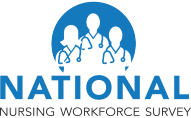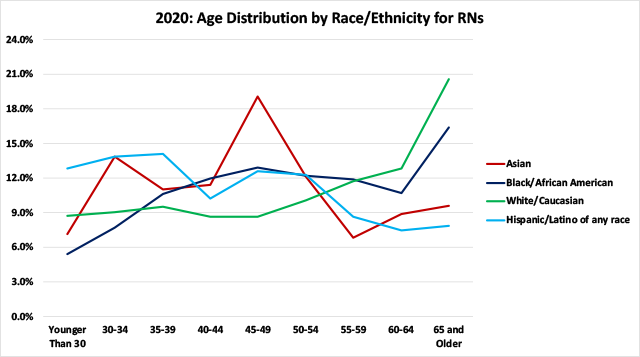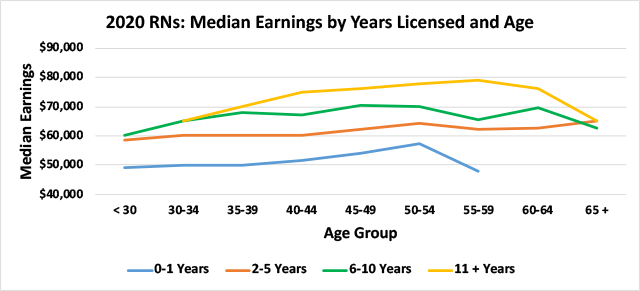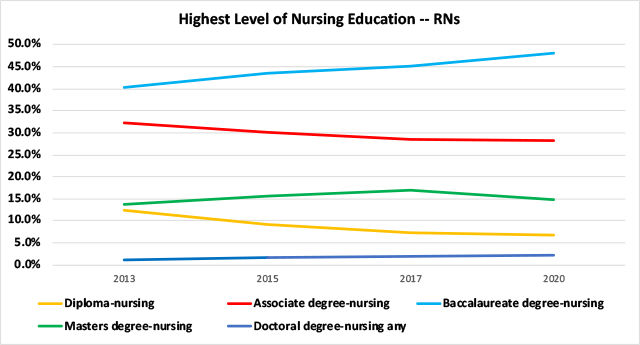How Many Male Registered Nurses In 2017
National Nursing Workforce Report
Near the Study

Every two years, NCSBN partners with The National Forum of State Nursing Workforce Centers to conduct the simply national-level survey specifically focused on the U.S. nursing workforce. The National Nursing Workforce Survey generates data on the supply of nurses in the state, which is critical to workforce planning, and to ensure a safety and constructive health care arrangement. Full results of the 2020 National Nursing Workforce Survey were published in the January 2021 issue of the Journal of Nursing Regulation.
We are excited to announce that the 2022 National Nursing Workforce Survey is fix to launch in spring 2022 with results predictable at the beginning of 2023 in the Journal of Nursing Regulation. If you accept any questions, please contact the NCSBN Enquiry Department at research@ncsbn.org.
2020 National Nursing Workforce Study Highlights
This study represents a national, randomized survey of 157,459 Registered Nurses (RNs) and 172,045 Licensed Applied/Vocational Nurses (LPN/VNs). Data were collected betwixt Feb 19, 2020, and June thirty, 2020. Participants were able to submit their responses via postal service or online until the survey airtight. In total, 42,021 RNs (26.7%) and 39,765 LPN/VNs (23.i%) responded to the survey. A nonresponse analysis was conducted, and a weighting scheme was used in the assay process to accommodate the distribution across states, age, and gender in guild to estimate population-level statistics. Selected results from the 2020 RN and LPN/VN surveys are below:
2020 National Nursing Workforce Study
Registered Nurses (RN)
Xanthous=Percent 2013, Blueish=Percent 2015, Light-green=Percentage 2017, Imperial=Percent 2020



- The median historic period of RNs was found to be 52 years old
- Information indicates a growing number of male RNs; 9.iv% in 2020, compared to 9.1% in 2017, 8.0% in 2015 and vi.6% in the 2013 written report
- 19.2% of RN respondents self-reported every bit minority, which includes 'other' and 'ii or more races'
- 42.0% of RNs reported a BSN as the degree that qualified them for their first U.s. nursing license; this number was 41.seven% in 2017, 39% in 2015, and 35.5% in 2013
- Hospitals were the principal employment setting for 54.8% of RNs
- The median pre-tax earnings for RNs increased from $63,000 in 2017, to $70,000 in 2020
Licensed Practical Nurses/Vocational Nurses (LPN/VN)

- The median historic period of LPN/VNs was 53 in 2020, a yr older than in 2017
- Percentage of males in LPN/VN workforce increased from seven.viii% in 2017 to 8.1% in 2020
- LPN/VNs were more than racially diverse than their RN counterparts with approximately 29% of LPN/VNs identifying equally racial minorities
- 81.5% of LPN/VNs indicated a vocational/applied certificate as their entry-level qualification for their offset United states of america nursing license
- 27.v% LPNs/LVNs indicated that their primary nursing practice position was in a nursing domicile/extended care setting in 2020, down from 31.7% in 2017
- The median pre-tax annual earnings for LPN/VNs increased from $40,000 in 2017 to $44,000 in 2020
How Many Male Registered Nurses In 2017,
Source: https://www.ncsbn.org/workforce.htm
Posted by: lynchthouthe1935.blogspot.com


0 Response to "How Many Male Registered Nurses In 2017"
Post a Comment